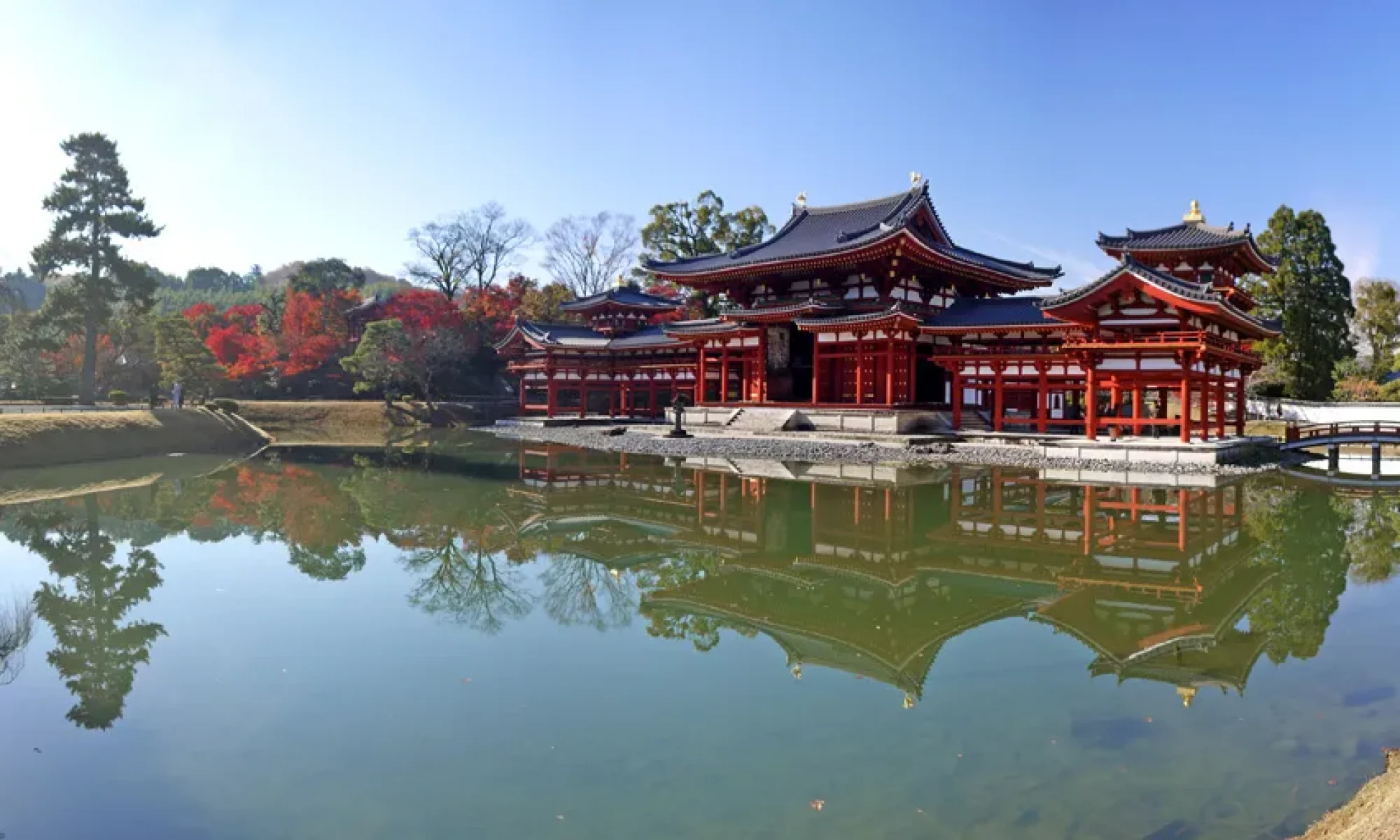The Tokugawa Shogunate
The Tokugawa Shogunate always sent castle envoys to the capital in the name of the Shogun on occasions such as grand ceremonies and New Year’s festivals, to extend courtesy to the imperial family.
The procession was a grand and luxurious one, and the envoys were chosen from the feudal clans of the Tokugawa Shogunate. The spear-bearers, umbrella-bearers, and scissors-bearers leading the procession call out to the crowd, and their movements are a reminder of how the procession looked in those days.







